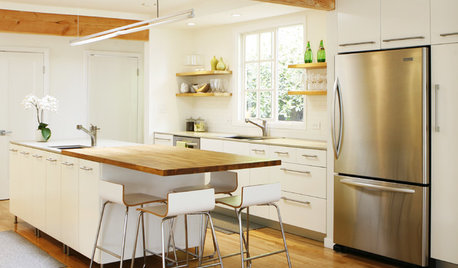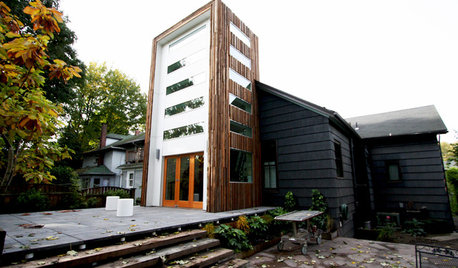Building new home, electric down 800ft drive?
bwood74
13 years ago
Featured Answer
Sort by:Oldest
Comments (9)
brickeyee
13 years agolast modified: 9 years agoRelated Professionals
Enfield General Contractors · Holly Hill General Contractors · Mira Loma General Contractors · Reisterstown General Contractors · West Mifflin General Contractors · Westchester General Contractors · Woodmere General Contractors · Fish Hawk Handyman · Chatsworth Solar Energy Systems · Elmhurst Solar Energy Systems · Hayward Solar Energy Systems · Hercules Solar Energy Systems · North Tustin Solar Energy Systems · Leander Home Automation & Home Media · Manhattan Beach Home Automation & Home Mediabus_driver
13 years agolast modified: 9 years agobrickeyee
13 years agolast modified: 9 years agoweedmeister
13 years agolast modified: 9 years agoyosemitebill
13 years agolast modified: 9 years agobrickeyee
13 years agolast modified: 9 years agosniffdog
13 years agolast modified: 9 years agoalan_s_thefirst
13 years agolast modified: 9 years ago
Related Stories

LIFESurprising Ways to Pare Down at Home
All those household items you take for granted? You might not need them after all. These lists can help you decide
Full Story
ECLECTIC STYLEHouzz Tour: Eclectic Down-Home Style in Texas
A Texas family goes for comfortable, colorful furnishings and crisp white walls for a look they call ‘Southern Americana’
Full Story
GREEN BUILDINGGoing Solar at Home: Solar Panel Basics
Save money on electricity and reduce your carbon footprint by installing photovoltaic panels. This guide will help you get started
Full Story
DECORATING GUIDESHouzz Tour: Couple Pares Down and Pumps Up the Style
A big transition from a large suburban house to a 1,200-square-foot urban condo is eased by good design
Full Story
HOUZZ TV FAVORITESHouzz TV: Life, Love and Purpose Down on the Farm
A Missouri native proves that you can go home again — and discover something entirely unexpected
Full Story
REMODELING GUIDESWhat to Know Before You Tear Down That Wall
Great Home Projects: Opening up a room? Learn who to hire, what it’ll cost and how long it will take
Full Story
GREAT HOME PROJECTSHow to Tear Down That Concrete Patio
Clear the path for plantings or a more modern patio design by demolishing all or part of the concrete in your yard
Full Story
REMODELING GUIDESSo You Want to Build: 7 Steps to Creating a New Home
Get the house you envision — and even enjoy the process — by following this architect's guide to building a new home
Full Story
LIFEThe Polite House: How Can I Tell a Construction Crew to Pipe Down?
If workers around your home are doing things that bother you, there’s a diplomatic way to approach them
Full Story
HOUZZ TOURSHouzz Tour: Personality Drives a Modern Addition in Portland
Artistry goes hand in hand with increased light and space in this playful home filled with eclectic and cheeky details
Full StoryMore Discussions








DavidR